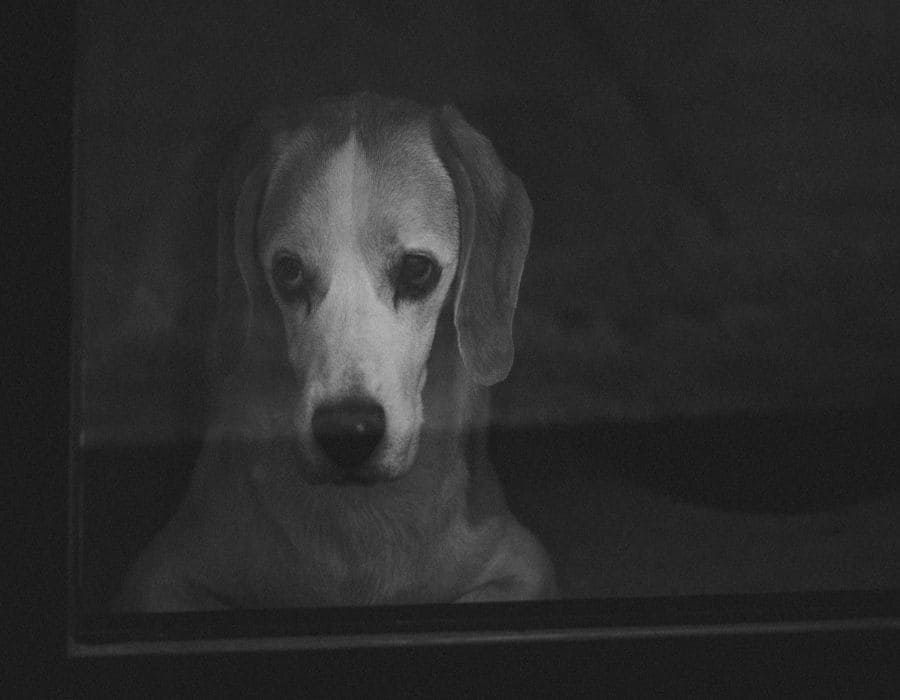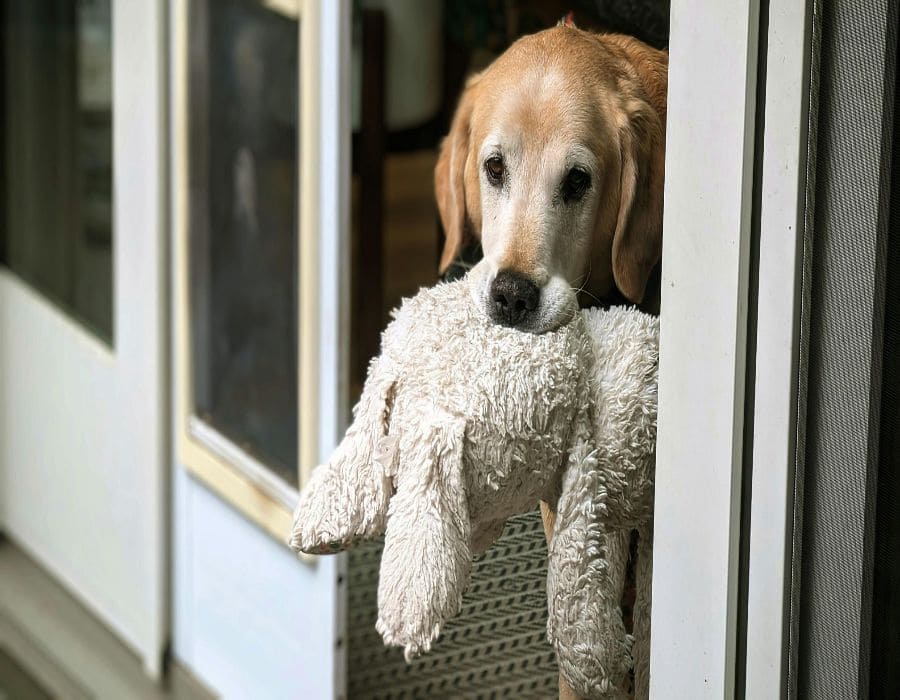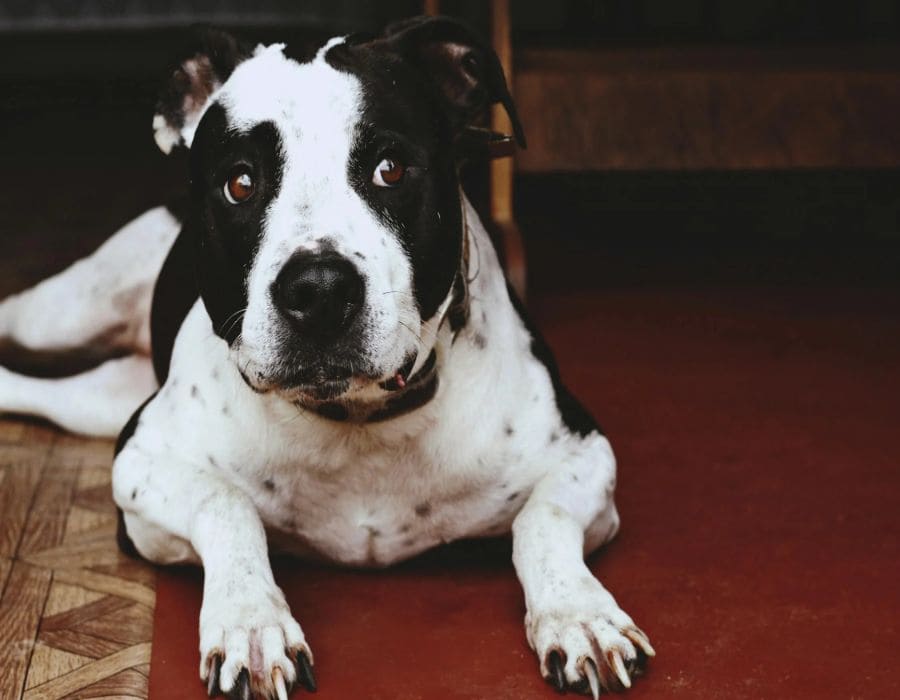11 Silent Signs Your Dog Is Hiding Pain
Dogs evolved as masters of disguise when it comes to showing pain. This stubborn stoicism, a holdover from their wild ancestry, often leaves even attentive owners missing crucial signs of discomfort.
Dogs often mask pain, making early detection vital. Recognize subtle signs like altered breathing, grooming habits, and social withdrawal to ensure timely care and intervention, safeguarding your pet’s health and well-being.
Breathing Patterns Tell Tales

The rhythm of a dog’s breath speaks volumes about their physical state. Healthy dogs maintain steady, predictable breathing during rest. Pain disrupts this pattern. Quick, shallow breaths. Random sighs. Sudden groans that seem to come from nowhere. Even excessive panting in comfortable temperatures raises red flags – the body’s response to internal distress doesn’t always make obvious sense.
The Eyes Never Lie

Watch those eyes. Really watch them. Pain changes how dogs use their most expressive feature. Some squint constantly, especially in bright light. Others show more white than usual, like they’re trying to look sideways at something uncomfortable. The usual bright, alert expression dulls. Sometimes the pupils dilate inappropriately, staying wide even in well-lit rooms – the body’s stress response making itself known through involuntary signals.
Sleep Positions Speak Volumes

Pain forces adaptations in sleep postures. Gone are the carefree sprawls and relaxed curls. Instead, dogs adopt rigid, awkward positions. They might fixate on one particular way of lying down, avoiding certain sides entirely. The restless ones never quite settle, shifting endlessly in search of that elusive comfortable spot that doesn’t exist when everything hurts.
The Social Butterfly Effect

Something’s definitely wrong when the neighborhood’s most sociable dog suddenly turns into a recluse. Pain drives even the friendliest pups into isolation – seeking out quiet corners, avoiding their usual playmates. Some get downright grumpy about being touched. Can’t really blame them. Nobody feels social when they’re hurting.
Grooming Goes Haywire

Physical discomfort wreaks havoc on normal grooming routines. Some dogs turn into obsessive lickers, not just of the sore spots but random areas too. Others just give up. The usually pristine coat turns dull and unkempt. Pain has a way of making everyday maintenance feel impossibly difficult.
Standing Strange

Subtle shifts in how dogs carry themselves often slip past casual observation. A slightly arched back. Weight distributed unevenly. Head held at odd angles. These changes creep in so gradually that many owners write them off as simple aging. Big mistake.
Dinner Time Drama

Watch what happens at meal time. Pain changes eating patterns in weird ways. Maybe they’re taking forever to finish meals now. Or dropping food while eating – something they never did before. Some start preferring soft food over kibble. Others approach their water bowl like it might bite them, especially if their neck hurts.
Tales from the Tail

A dog’s tail tells stories. Pain changes the narrative. The usual proud flag droops or tucks tight against the body. Sometimes the wagging goes wrong – less enthusiastic, maybe favoring one side. Back pain especially shows up in how they carry that telling appendage.
Face Facts

Pain leaves its mark on canine faces. Tension creeps into usually relaxed muscles around eyes and muzzle. Some develop permanent worry lines. The changes can be so gradual that only old photos reveal the truth of what’s changed.
Bathroom Behavior Shifts

When well-trained dogs start having accidents, something’s up. Pain makes normal elimination positions uncomfortable. Sometimes impossible. Those indoor accidents? Probably not a training regression. More like a cry for help.
Voice Changes

Not every dog in pain howls about it. Some get quieter. Much quieter. Their usual barks and grumbles turn into whispers of their former selves. Listen for those sighs and soft groans when they move. The sound of discomfort has many dialects.
Final Thoughts

Catching these subtle signs early makes all the difference. Dogs can’t fill out pain questionnaires or point to what hurts. They rely on humans paying attention to these quiet signals. When behavior changes persist, a vet visit beats waiting it out. Better safe than sorry when it comes to four-legged family members who can’t just tell us what’s wrong.







